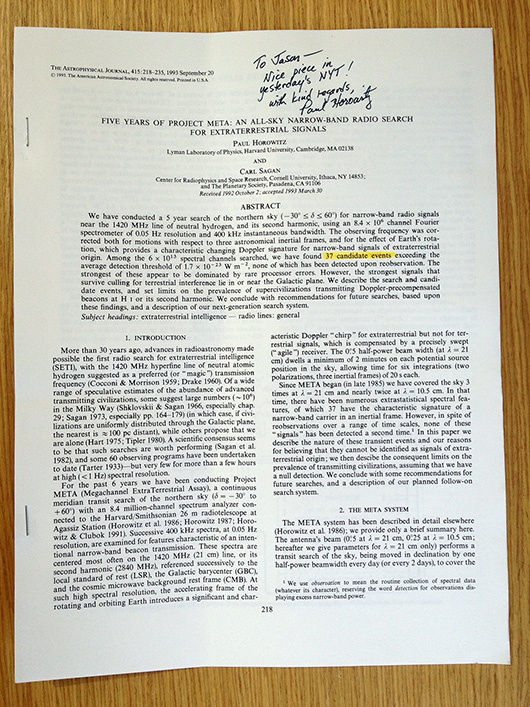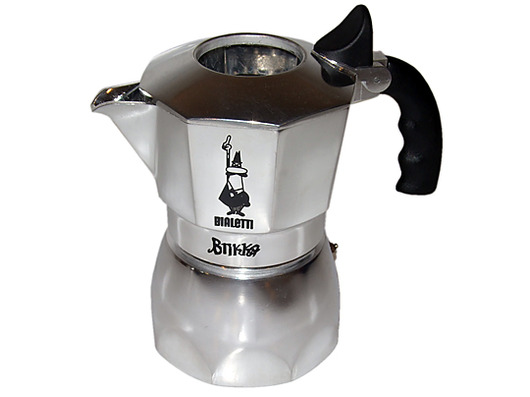Susan Lehman from the New York Times asked me to write an opinion piece for this sunday’s paper.
Because…
Susan liked what I had to say in my “Why work doesn’t happen at work” TEDx talk.
Because…
I was asked to speak at TEDx Midwest by Brad Keywell. Brad was one of the Groupon co-founders, and I met Brad because I served on the Groupon board from 2009 to 2010.
Because…
Andrew Mason, Groupon’s CEO, asked me to be on the board.
Because…
Scott Heiferman, co-founder of Meetup.com, and a mutual friend of ours, introduced Andrew and me and we had lunch in early 2009.
Because…
I had gotten to know Scott over the years after 37signals designed the original Meetup.com site back in 2001-2002.
Because…
Scott emailed me back in 2001 asking if he could meet while he was in Chicago visiting family. He liked our early web design work at 37signals. No one had ever asked to meet me out of the blue before – and barely anyone knew who 37signals was – so I was flattered and said yes.
Because…
I had started 37signals with two co-founders in 1999. One of those founders was Ernest Kim and the other was Carlos Segura.
Because…
A few years earlier, I had interviewed for a job at Organic Online in Chicago. Ernest Kim was the creative director. I didn’t take the job, but Ernest and I hit it off over design and Nike, so we kept in touch.
and
A few years before that, I was hired on a contract basis by Carlos Segura to help them redesign and rewrite their internal FileMaker Pro database they were using to keep track of their clients.
Because…
I made a popular FileMaker Pro-based app in the 90s called Audiofile which helped people keep track of their music collection. Carlos liked the app and the design and found out I was behind it.
Because…
I couldn’t find a simple tool to keep track of my growing music collection.
Because…
…I can’t remember enough specifics before this, but the chain obviously continues – each link connected to another by a seemingly unrelated event. And I’m sure I’m passing right over a handful of subtle links that made the major links happen.
When you look back on events, it’s pretty incredible how things come together. Nothing happens independently. Everything is tied to something before it. Sometimes the links are more obvious than others, but it’s healthy to take a few moments to reflect on how many things – and people – had to come together in order for another thing to happen.
You just never know.







